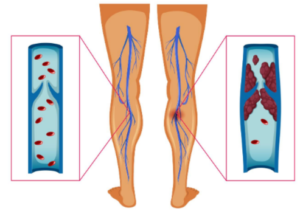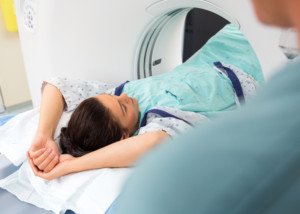
If you’re complaining of shortness of breath or difficulty breathing, here is what will be done for you in an emergency room.
If you walk up to the ER desk and report that you’re having shortness of breath and no other symptoms, there will not be any urgent rush to wheel you into an exam room.
Rather, you’ll be asked to have a seat and answer some preliminary questions about your medical history. The seat may be a wheel chair (depending on the structure of the ER).
And I’m talking about still being able to walk and speak without any issues, rather than you’re standing there clutching your throat and gasping for breath.
On several occasions my elderly mother reported “shortness of breath,” and I took her to the ER.
Every time it was basically the same. After she answered questions during the initial intake, she was wheeled (not because she couldn’t walk, but because that’s what emergency rooms do) to a room.
You’ll be hooked up to a cardiac monitor, and your finger will go into an oximeter to measure the body’s oxygen levels. You’ll get supplemental oxygen through tubes at your nasal entryway.
Tests to Expect in the ER for Shortness of Breath
• Blood draw for troponin
• EKG
• Chest X-ray
• D-dimer
• Examination of throat
A doctor will listen to your heart and lungs through a stethoscope.
Heartbeat sounds can be indicative of conditions that cause shortness of breath.
Wheezing or crackling of the lungs can indicate pneumonia or bronchitis.
Troponin
Shortness of breath can be caused by a heart attack. Damaged heart tissue releases an enzyme into the blood called troponin. It can take several hours for this protein to be detected by a blood test.
The patient will have blood drawn for this, and the result can be ready in less than 30 minutes. However, a normal result does not rule out a heart attack.
This is because, as mentioned, it can take several hours for this slowly-leaking enzymatic protein to build up enough in the blood to be detected.
Thus, the patient is told they must wait at least four more hours for a second troponin test.
EKG
This can reveal an issue with the heart.
It’s a very brief test during which you are lying on the exam table while it’s being conducted.
This test takes about 10 seconds, but those seconds can reveal quite a bit of information to the physician.
Chest X-ray
This can show a structural heart problem that can cause shortness of breath. It can also show a life-threatening problem with the lungs such as a pulmonary embolus.
D-dimer
This blood test, if positive, is suggestive of a blood clot somewhere in the body. It does not guarantee a blood clot; only suggests it.
If someone has both a complaint of shortness of breath and a positive D-dimer result, AND the patient is NOT elderly, this is very suspicious for a pulmonary embolus.
Elderly people are more likely to have a false-positive D-dimer result simply because they are old.
Every time my mother went to the ER for shortness of breath, she had her D-dimer taken – and every single time it was positive.
However, no pulmonary embolism ever turned up on the CT scan of her chest.
Which brings me to the next test in the ER for shortness of breath: A chest CT scan is ordered if a pulmonary embolus is suspected due to a positive D-dimer. The younger the patient, the more meaningful a positive D-dimer is.
Examination of Throat
Visible issues in the throat such as acid reflux can cause a sensation of shortness of breath or a feeling that not enough air is getting through.
If all tests are normal, the patient is then scheduled for discharge.
But remember, if you complain of shortness of breath, your ER doctor will want to keep you long enough to get at least a second troponin result.









































